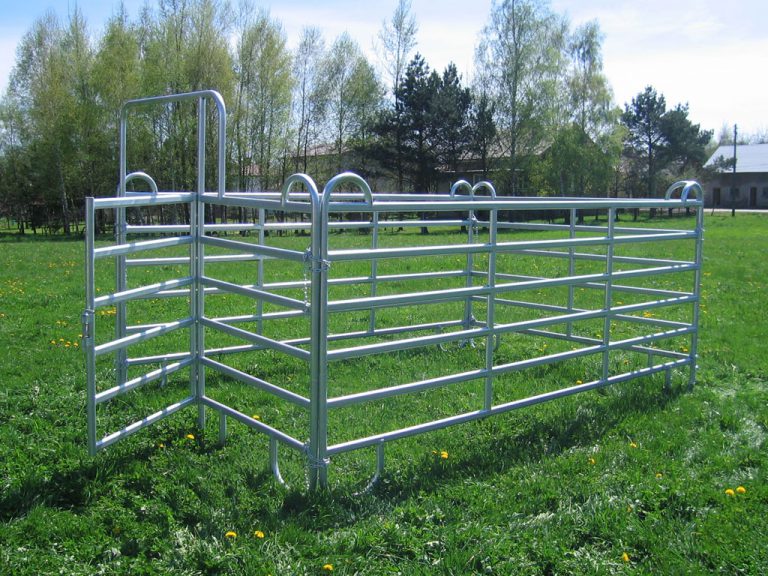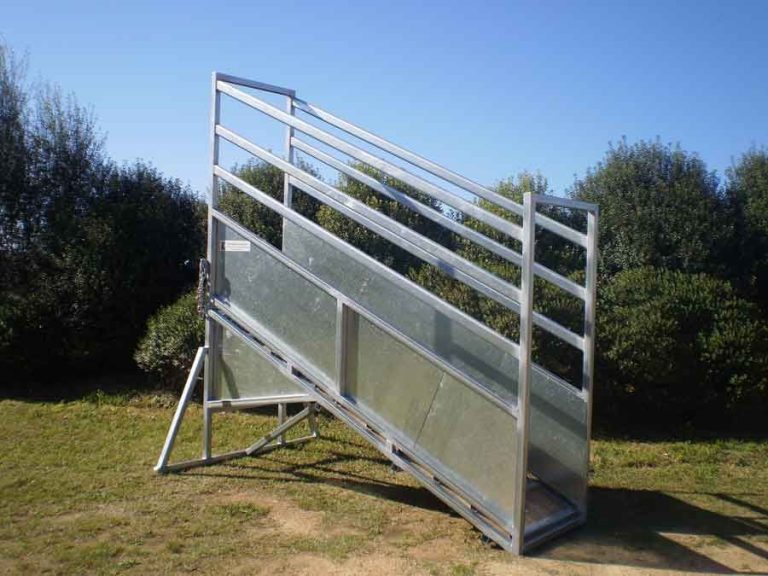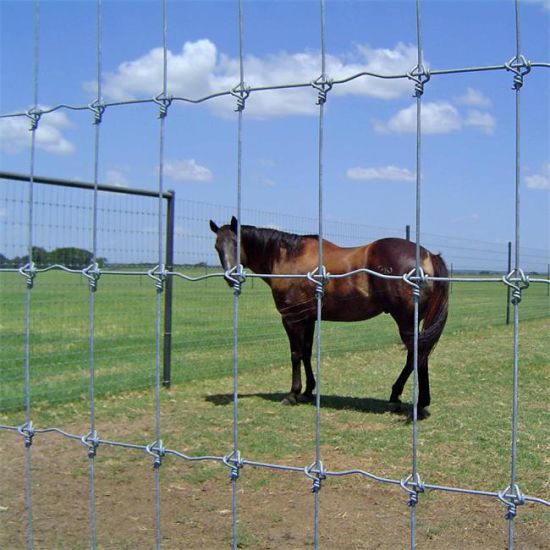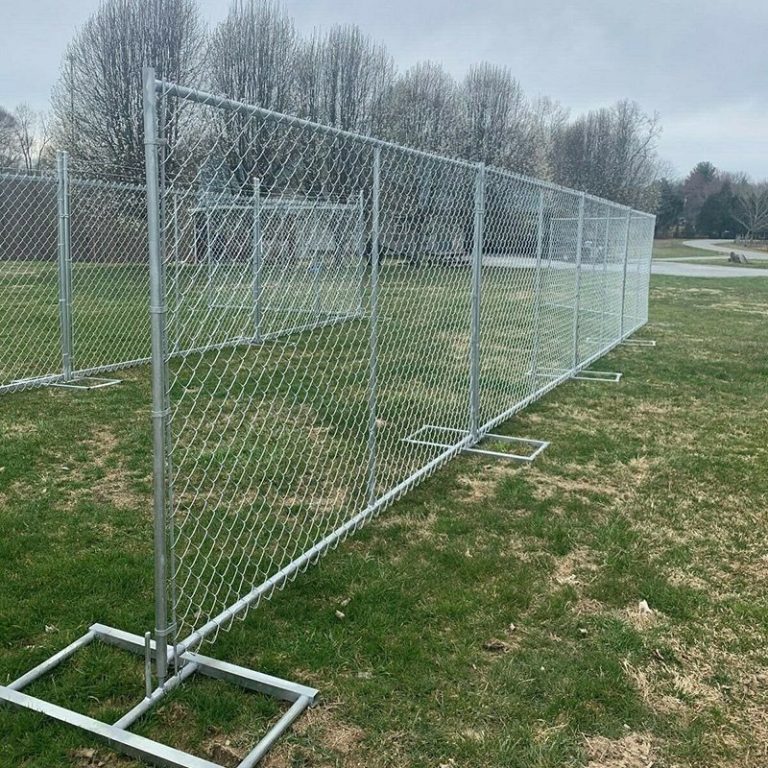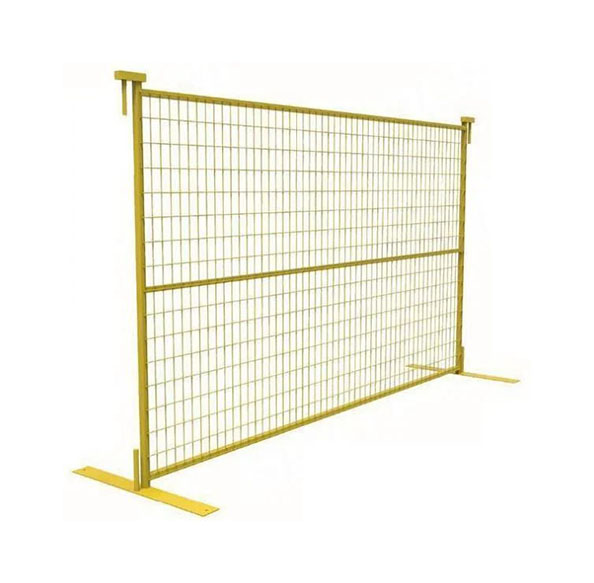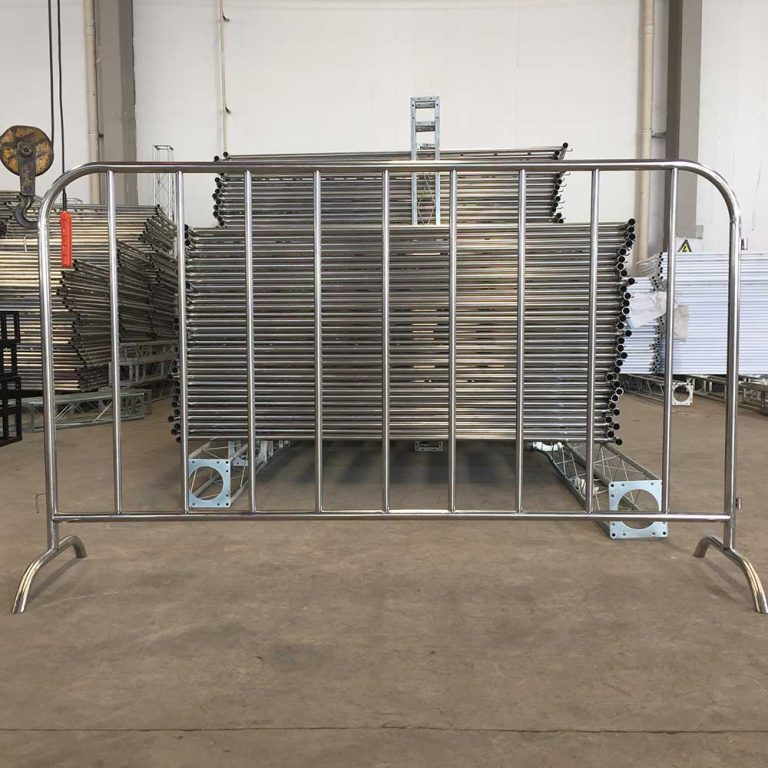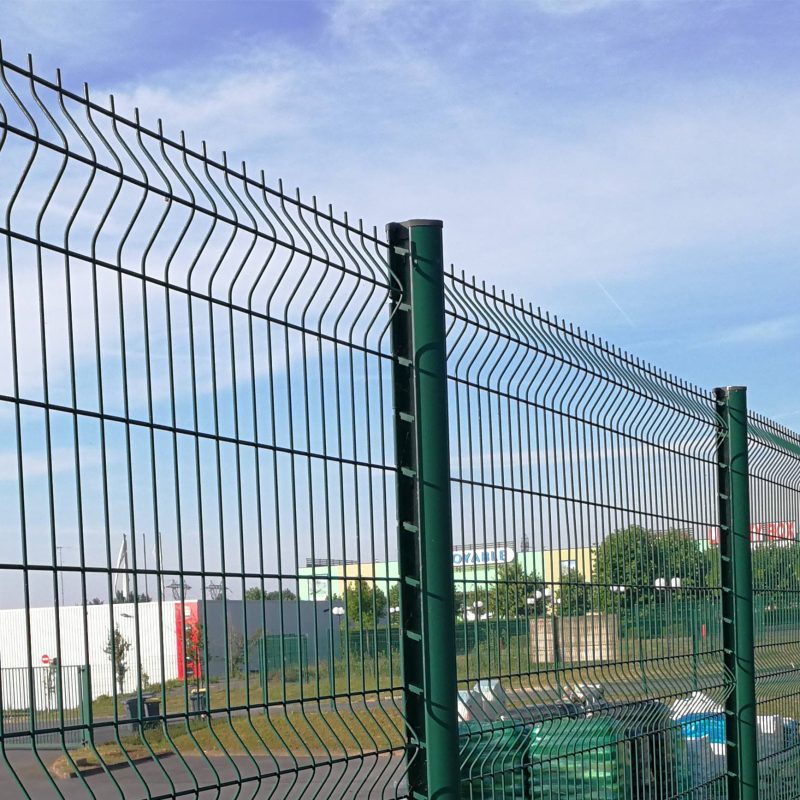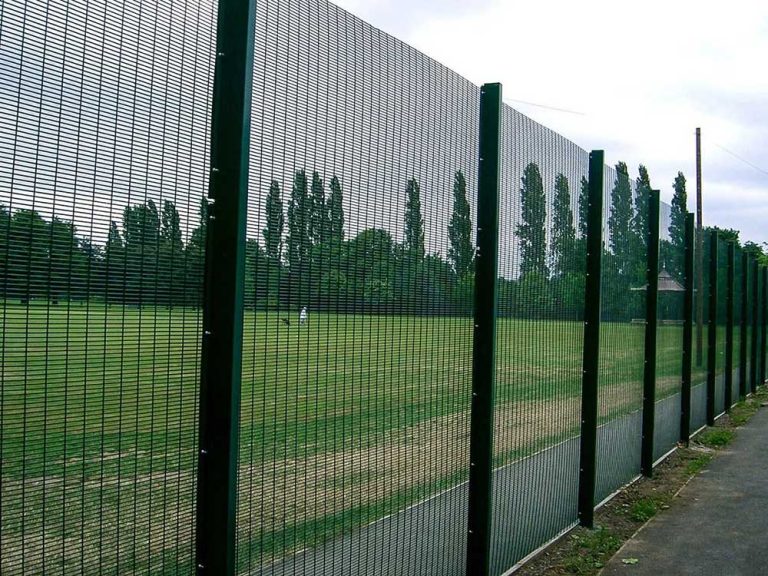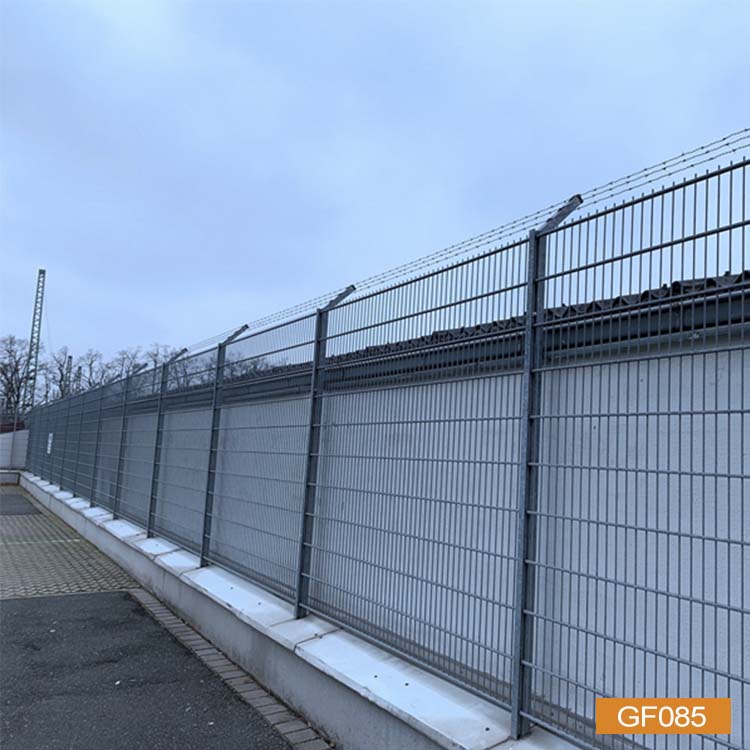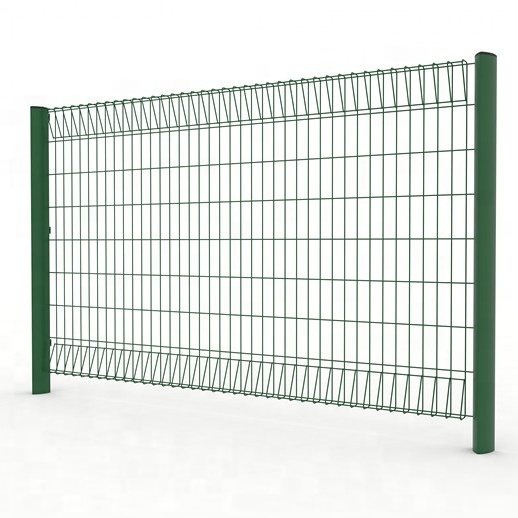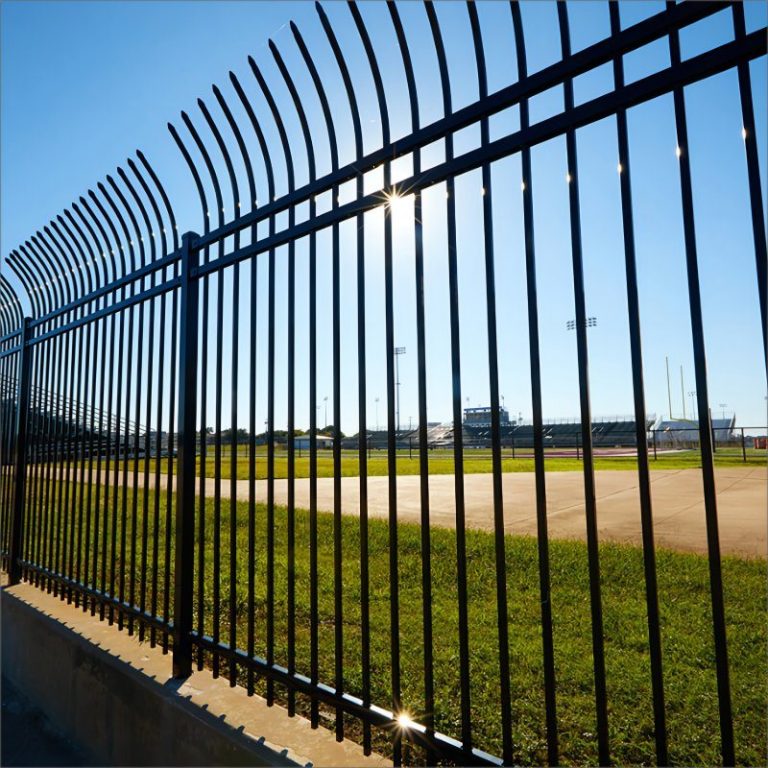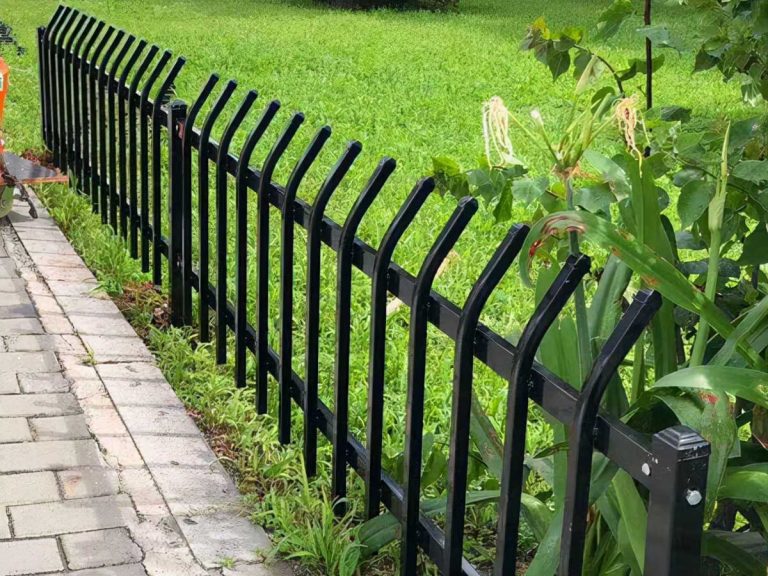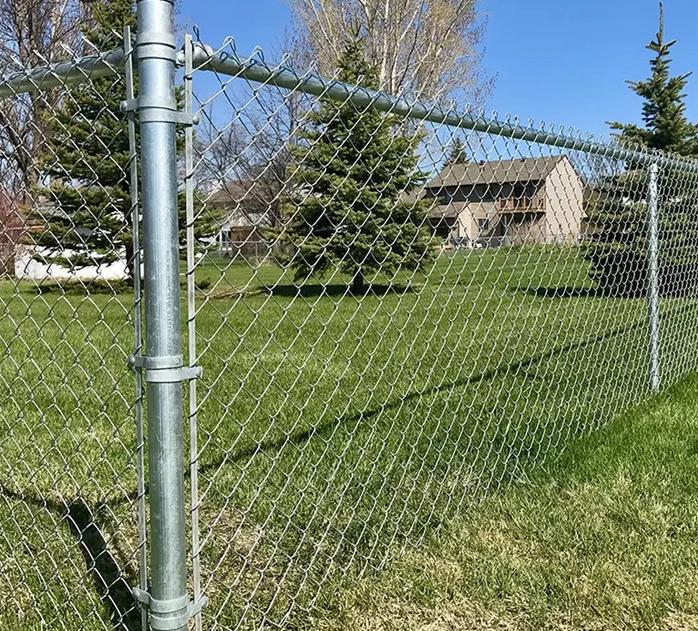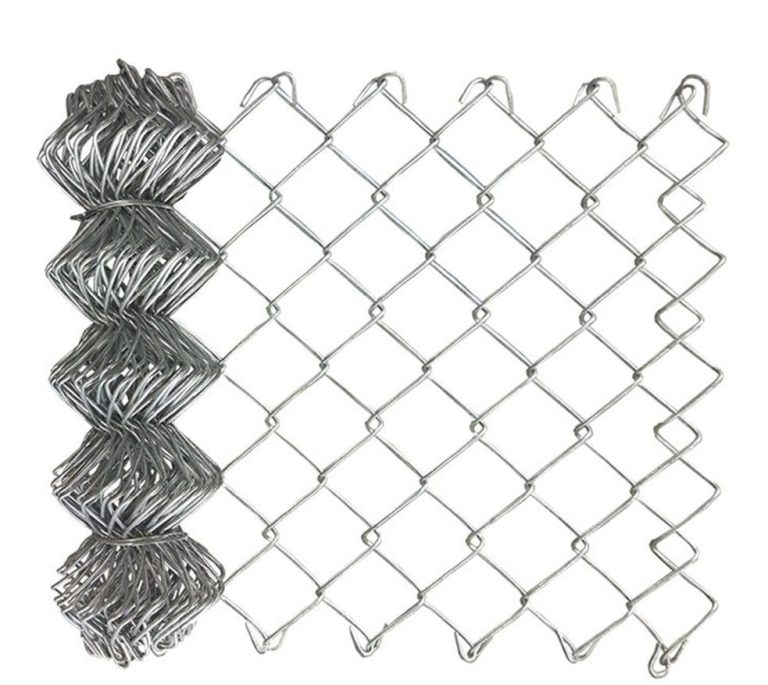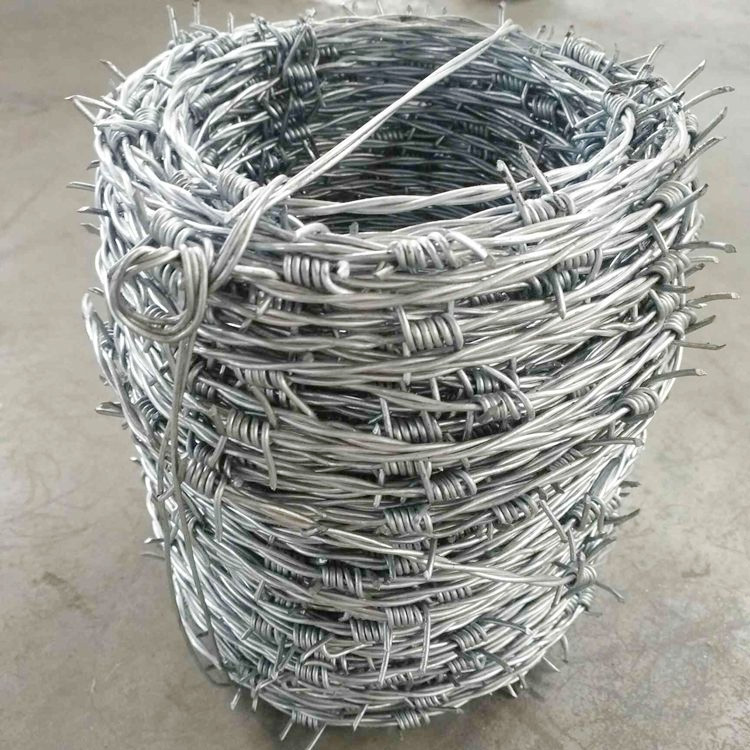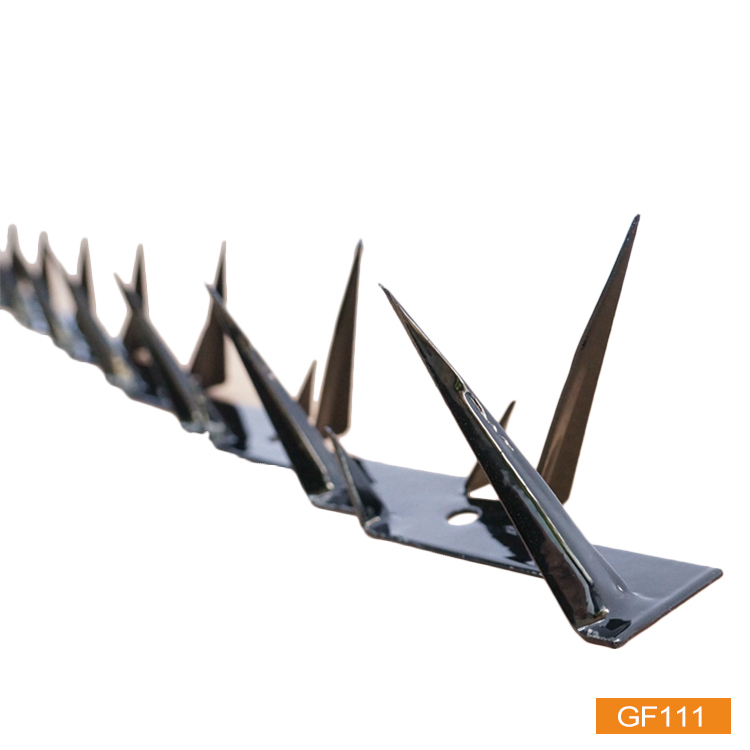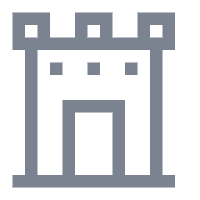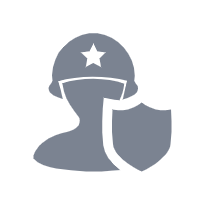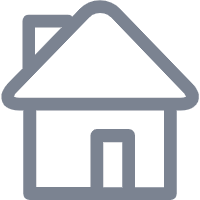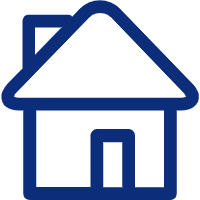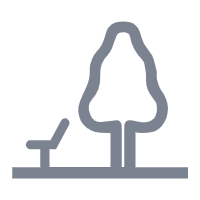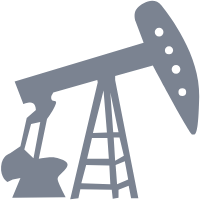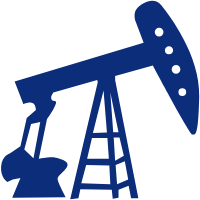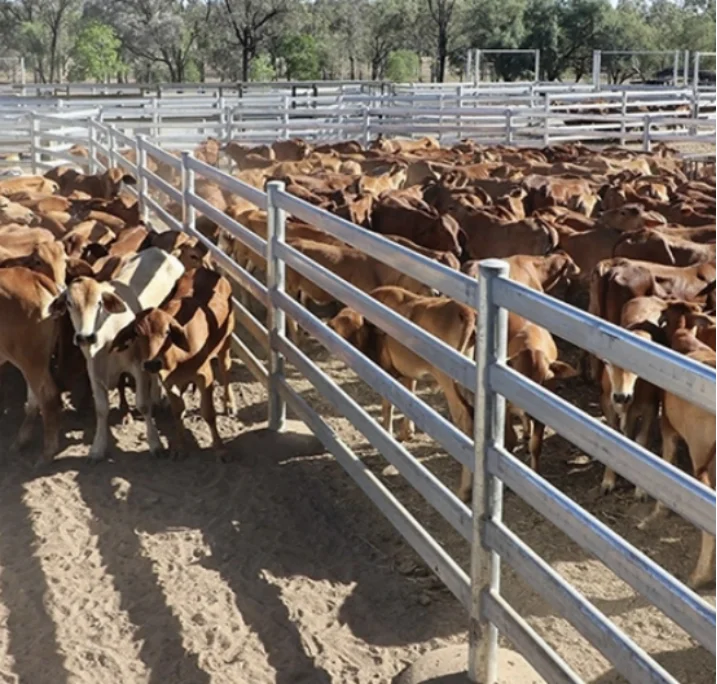
Essential Tools and Materials for Building a Cattle Panel Fence
Gathering the Best Cattle Panel Options for Your Fence
Cattle panel fences are a great pick for farms and homes. They are made from strong, galvanized steel tubes. These tubes last a long time and handle tough weather well. The best cattle panel options are built to manage daily wear, whether you’re keeping animals safe or making your yard look nice. Cattle panels, sometimes called livestock panels, come in different sizes and shapes. For example, Anping JiaHui wire mesh Co., LTD sells panels with heights from 950 mm to 1800 mm and widths from 2100 mm to 2900 mm. This variety makes them useful for many projects.
When picking the best cattle panel, think about what you need. Panels with tiny gaps at the bottom work well for small animals like sheep or goats. Bigger gaps at the top suit larger animals like cows. Anping JiaHui’s galvanized steel cattle corral panels are sturdy and great for short-term or long-term fences.
Tools Needed for Installation
To build a cattle panel fence, you need certain tools. These help make the fence strong and neat. Here’s what you’ll need:
- Post Hole Digger: Digs deep holes to hold fence posts steady.
- Hammer: Hits nails or staples into wood frames.
- Wire Cutters: Cuts extra wire if you need to adjust panel sizes.
- Level: Checks that posts and panels stand straight.
- Power Drill: Screws brackets or hinges into place quickly.
- Welding Machine (Optional): Joins metal frames if you need custom shapes.
Anping JiaHui’s cattle panels have parts already welded. This makes setup easier and often skips the need for a welding machine.
Additional Materials to Enhance Durability
To keep your fence strong for years, add these materials:
- Galvanized Coating: Stops rust, especially in wet places.
- Wooden or Metal Frames: Holds panels upright. Wood costs less, but metal lasts longer and avoids rot.
- Concrete Mix: Locks posts firmly in the ground.
- Fasteners: U-lugs or L-logs, like those from Anping JiaHui, tie panels tightly together.
Planning and Designing Your Modern Cattle Panel Fence
Determining the Purpose and Layout of the Fence
Before you start, figure out why you want the fence. Are you keeping animals inside, protecting a garden, or making your property prettier? Knowing this helps you choose materials. For example, animals need tough fences, like galvanized steel. Pretty fences focus more on looks.
Plan your fence by sketching the area. Mark corners and spots for gates. This keeps your work clear and avoids mix-ups.
Choosing the Right Location for Cattle Corral Panels
Pick a good spot for your fence. Flat ground is easiest to work on. If the land slopes, use flexible cattle corral panels from Anping JiaHui. These adjust to bumps and dips well.
Think about nature:
- Skip low spots where water collects.
- Use wooden frames in sunny areas to keep wood dry and stop rot.
Calculating Measurements and Quantities Needed
Measure carefully to save money and materials. Use a tape or wheel to find the total length of your fence area. Divide this by the panel width (e.g., 2900 mm) to know how many panels you need.
Don’t forget extras like:
- Gate sections
- Corner braces
- Overlap spacebetween panels
For example, if you pick Anping JiaHui’s cattle corral panels (e.g., 2100 mm wide), plan based on your area’s size.
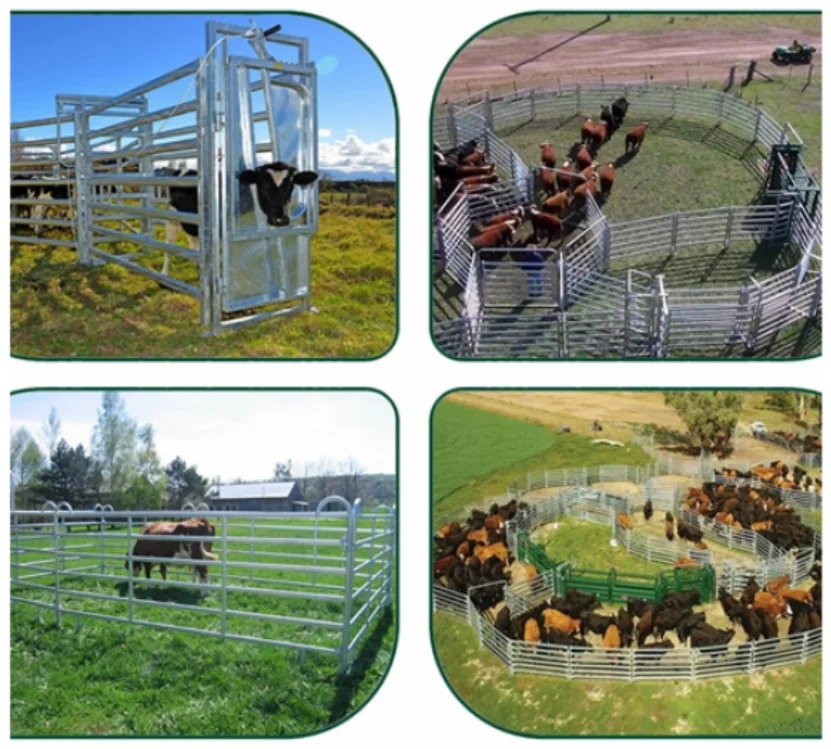
Step-by-Step Guide to Installing a Cattle Panel Fence
Preparing the Ground for Installation
Start by cleaning the ground. Remove rocks, weeds, or anything in the way. Measure the fence path with a tape measure. Mark where posts will stand to keep lines straight.
On bumpy land, try to flatten it. If that’s hard, Anping JiaHui’s cattle corral panels work well on slopes. They stay strong no matter the ground.
Setting Up the Fence Posts for Stability
Posts make your fence steady. Dig holes with a post hole digger. Make holes deep—about one-third the post’s height. This keeps them firm.
Put posts in holes. Pour in concrete mix to hold them tight. Use a level to ensure they stand straight. Wait for concrete to dry before moving on. For longer life, pick galvanized steel posts. They fight rust. Anping JiaHui’s cattle corral panels have ready-made parts. These make posts easier to set up.
Attaching Cattle Corral Panels Securely
Now, add the cattle corral panels. Line panels up with posts. Use fasteners like U-lugs or lugs to lock them to posts. Check that connections are snug. Gaps can weaken the fence.
Anping JiaHui’s cattle corral panels use tough galvanized steel. They fit temporary or permanent fences. Panels come in many sizes, so you can build what you want. Start at one corner. Work around the fence path. This keeps everything even.
Installing a Functional and Durable Cattle Panel Gate
A cattle panel gate lets you enter while keeping things safe. Pick a gate that fits your fence panels.
To set it up, screw hinges to the gate frame. Attach them to a strong post. Make sure the gate swings easily and shuts tight. Add a latch that’s simple but locks well.
For toughness, try Anping JiaHui’s galvanized steel cattle panel gate. It handles daily use and resists rust.
Tips to Maintain and Extend the Life of Your Fence
Preventing Rust and Maintaining Corrosion on Metal Panels
Keep your fence nice with regular checks care. To stop rust, coat metal with paint or galvanization. Anping JiaHui’s cattle corral panels already have rust-proof layers. This cuts down on care time.
Look at your fence often. If the coating wears off, add more to block water damage.
Regular Inspection and Maintenance for Longevity
Check your fence yearly for trouble. Look for loose bolts, broken panels, or wobbly posts. Fix these fast. Tighten bolts, replace bad parts, or strengthen posts.
By staying on top of small fixes, you save cash and keep your fence solid.
Enhancing the Strength with Additional Features
Make your fence tougher with extras. Add Tension wires to stop sagging over long areas. Use bracing systems at corners or gates. These spots take more stress. These additions make your fence safer and stronger.
FAQs
How do I choose the right cattle corral panels?
Pick cattle corral panels based on size, strength, and use. Anping JiaHui wire mesh Co., LTD has many sizes to fit your needs.
Can I install a cattle panel fence myself?
Yes! With tools like a post hole digger, hammer, level, and wire cutters, you can do it yourself with some effort.
What’s the best way to prevent rust on my fence?
Use paint or galvanized coatings. Check often and touch up worn spots.
Are cattle panel fences good for homes?
Yes! They’re strong and look modern, perfect for yards or decoration.
Where can I find high-quality fencing products?
Check Anping JiaHui wire mesh Co., LTD. They sell tough cattle corral panels, gates, and more for farms or homes.
Contact Anping Jiahui Wire Meshes Products Co., Ltd for expert help on picking fences for your farm or home!

